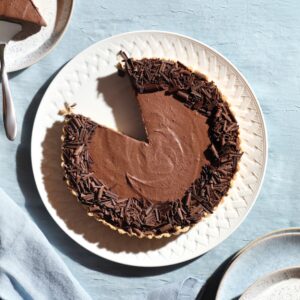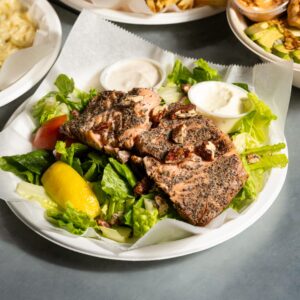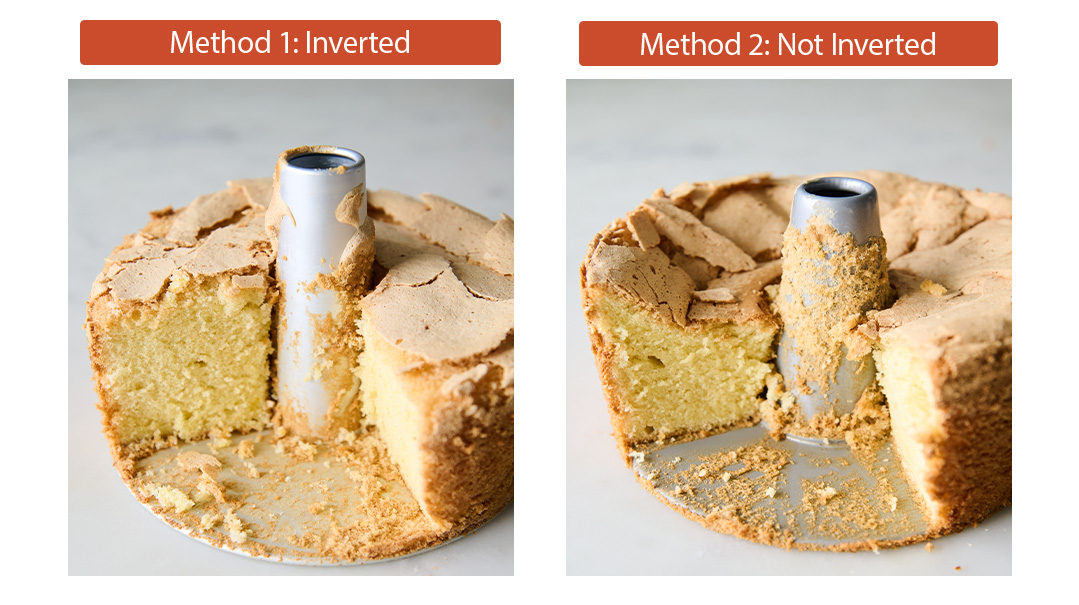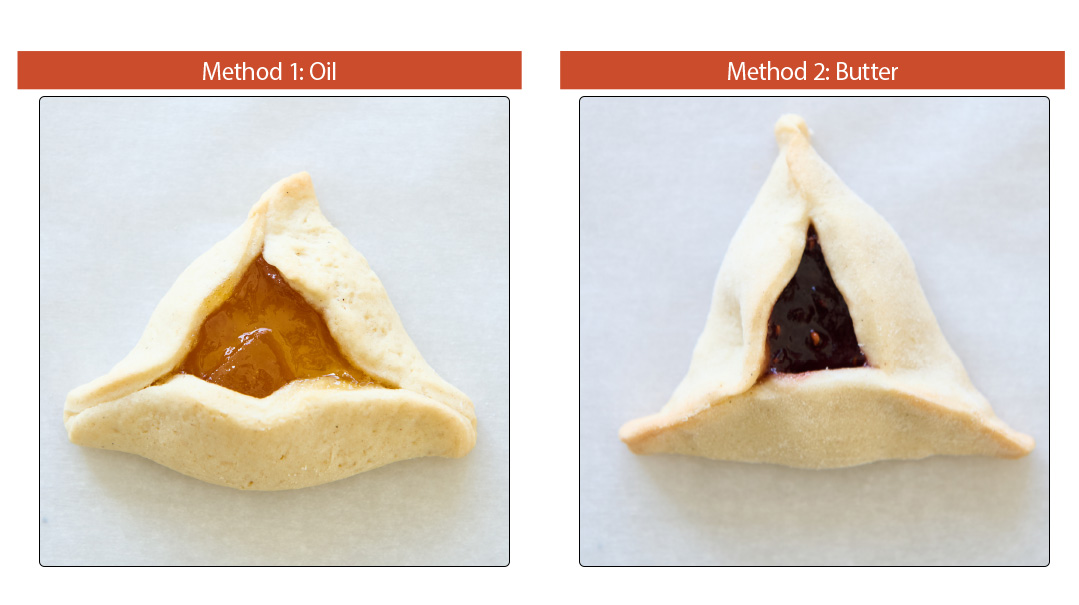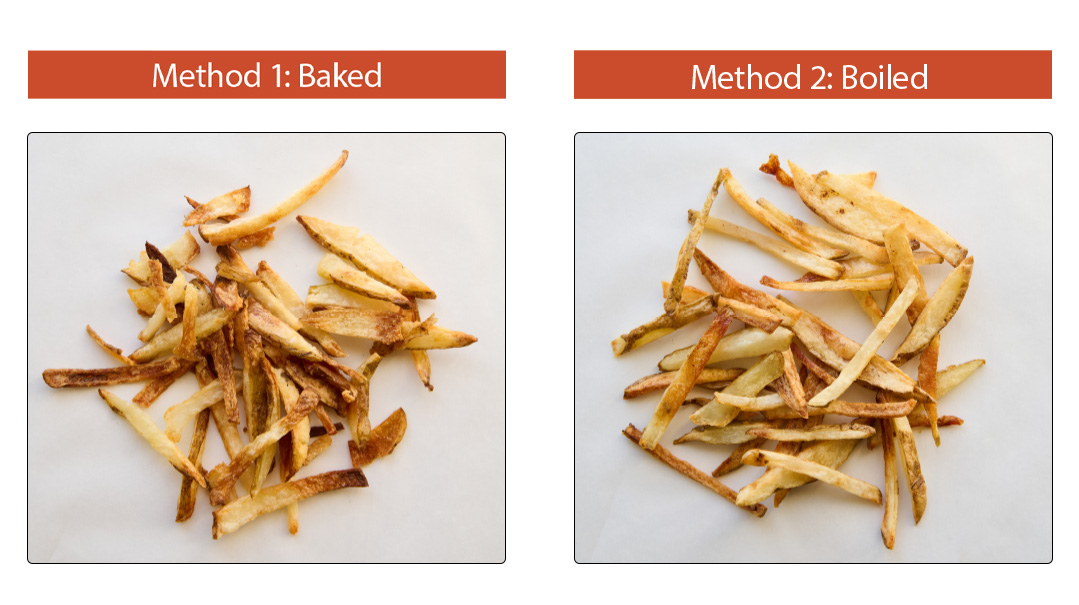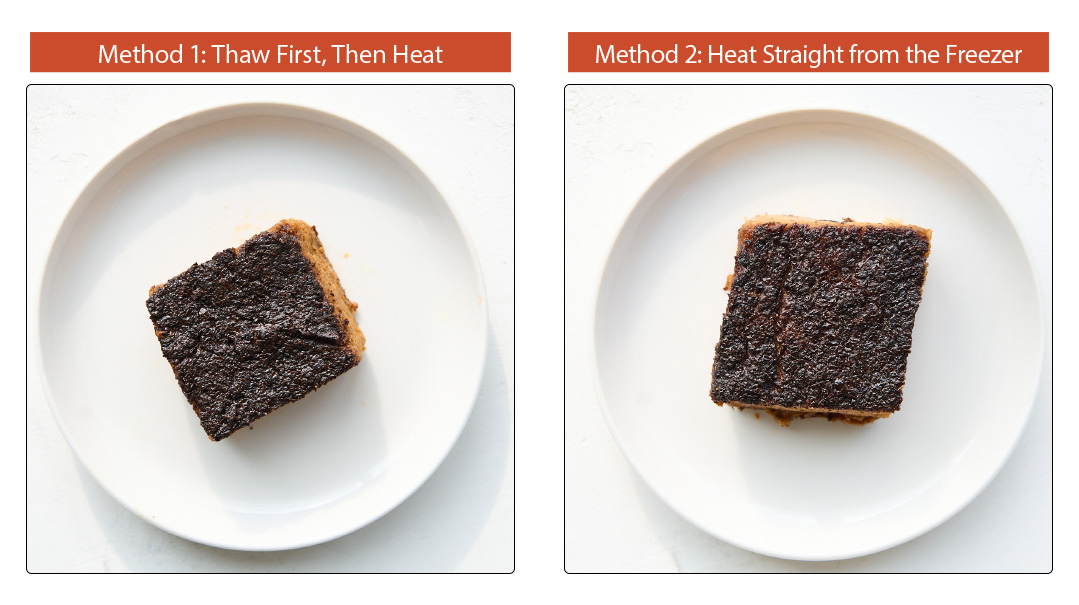Fried Eggplant
| December 30, 2020Fried Eggplant
I read somewhere that salting eggplant was a task done years ago to cut bitterness. We no longer have bitter eggplants, and I felt freed from salting eggplant indefinitely. Joy!
Yet my fried eggplant just drank up oil like it was lemonade on a hot day. Eggplant has a lot of air pockets, which is where the oil goes. Sweating it in advance (i.e., salting it) draws out the moisture and collapses the eggplant, so there isn’t as much room for the oil to soak in. Still, I avoided sweating the eggplant because that took foresight and time, and I have neither.
But then I realized that I might need to understand how essential salting is before I give up on it. I took two eggplants, each weighing the same amount, and sliced them. I salted just one of them, then fried them both. I proceeded to measure how much oil was left after frying to see which eggplant absorbed more oil.
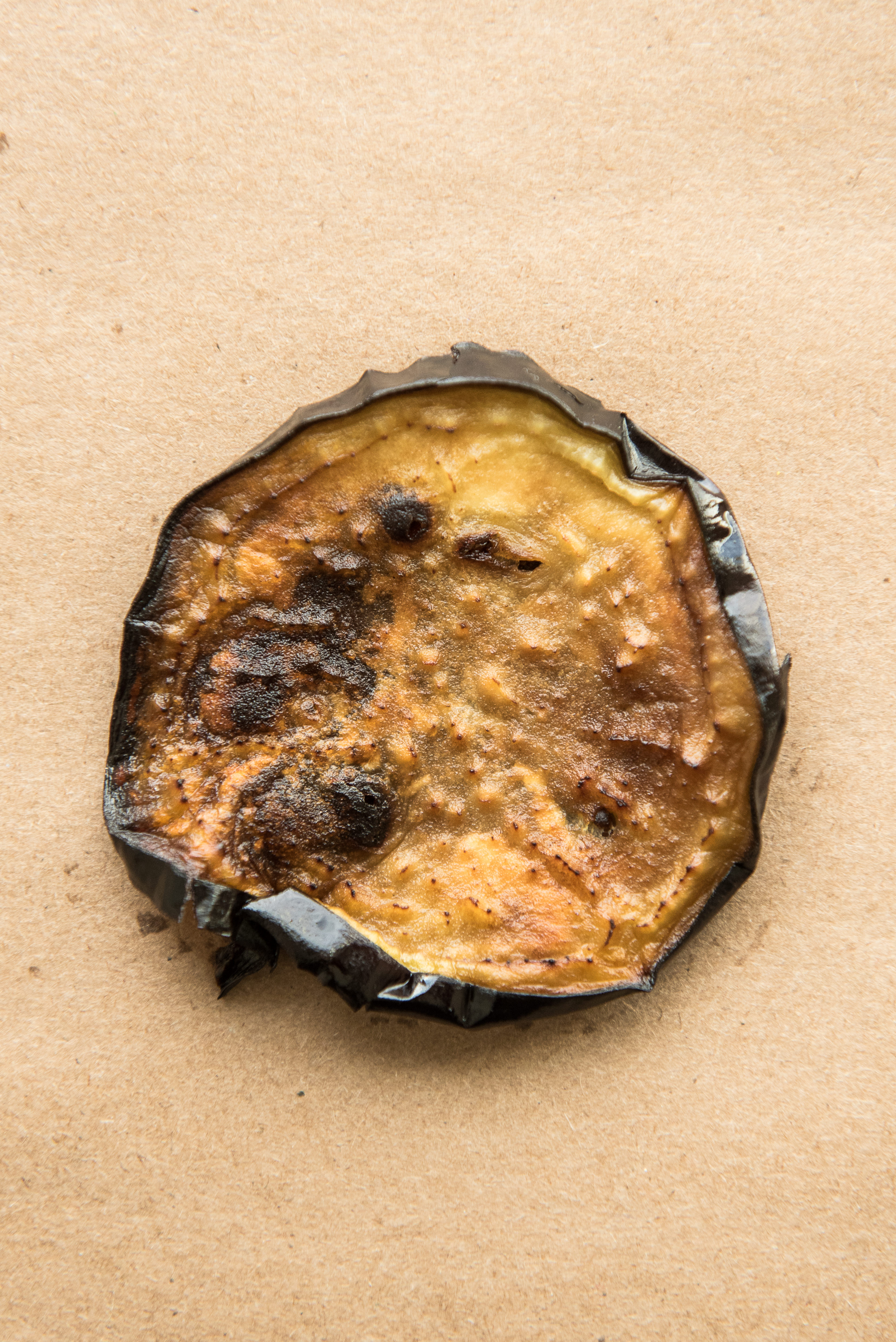
Method 1: Cut and Fry
Cut eggplant into rounds.
Heat 2 cups of oil in a small saucepan over medium-high heat. Reduce heat to medium and fry eggplant until golden, about 2 minutes per side. Sprinkle with a pinch of salt while it’s hot.
I measured 386 grams of oil before frying and 381 grams after frying. The eggplant absorbed 5 grams of oil.
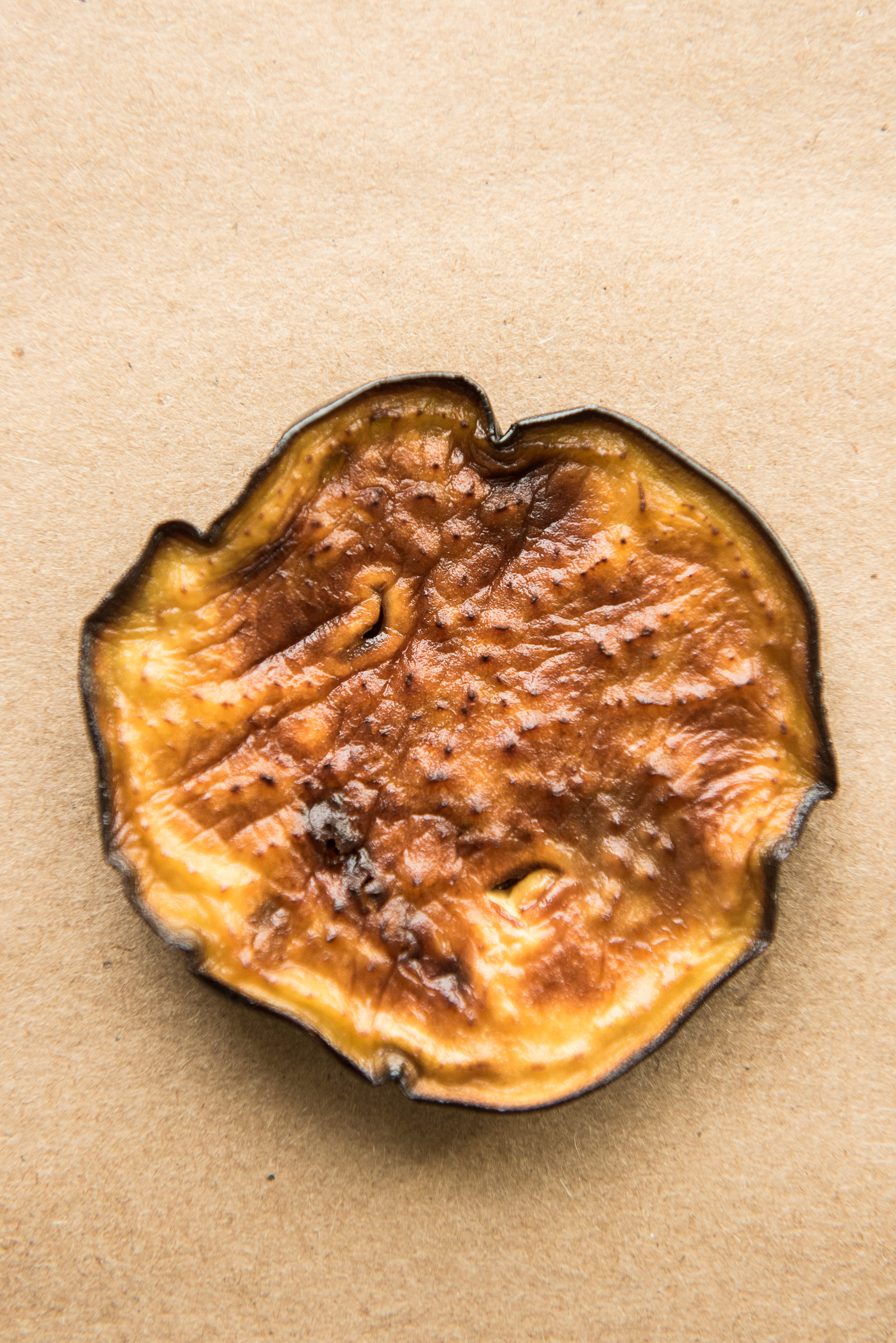
Method 2: Cut, Salt, and Fry
Cut eggplant into rounds, sprinkle generously with kosher salt, and allow to rest in a colander for at least 60 minutes. Pat dry.
Heat 2 cups of oil in a small saucepan over medium-high heat. Reduce heat to medium and fry eggplant until golden, 2 minutes per side. Sprinkle with a pinch of salt while it’s hot.
I measured 278 grams of oil before frying and 275 grams after frying. The eggplant absorbed 3 grams of oil.
Results
Unless greasy, oil-filled fried eggplant is your preference, it’s worthwhile to draw out as much moisture as possible from the eggplant through salting before you fry. Oil absorption isn’t the only factor; the eggplant that had been salted had a meaty, creamier middle, while the one that hadn’t been had a flat, firm texture. So factor in that salting time; it makes a big difference to the end result.
(Originally featured in Family Table, Issue 724)
Oops! We could not locate your form.


